black elegance, bold resistance: inside the met’s “superfine” exhibition.
You know how I get when a show is both smart and soul-stirring—Superfine: Tailoring Black Style at the Met nails that rare balance. Walking into Gallery 999, the opening quote from Olaudah Equiano—“I laid out above eight pounds of my money for a suit of superfine clothes to dance with at my freedom”—instantly set the tone. It’s not just about clothes; it’s about claiming identity, agency, and joy (metmuseum.org).
Curated by Andrew Bolton and Monica L. Miller, this is the Costume Institute’s first sharp, direct engagement with race in menswear. The exhibition spans three centuries across twelve thematic rooms—Ownership, Presence, Disguise, Cool, Cosmopolitanism—shedding light on how Black dress has consistently been a powerful form of both resistance and self-expression (en.wikipedia.org).
What hits me hardest is the lineage—from enslaved tailors drafting dapper suits in defiance of imposed servitude, to figures like Julius Soubise and W.E.B. Du Bois using formality as a declaration of personhood, all the way to modern iterations: Grace Wales Bonner, Virgil Abloh, André Leon Talley. It’s a through-line that maps political and personal reclamation via beauty (newyorker.com).
The aesthetic staging is exquisite. Rooms feel intimate yet majestic—like paged-through memories. Torkwase Dyson’s design elevates the show; lighting and placement conjure reverence, allowing each silhouette, accessory, and portrait to claim space and narrative (newyorker.com).
Some sections veer into information-density, but I found that richness intoxicating, not overwhelming. The historical artifacts—coins, livery coats, mementos of gold and silver—interact beautifully with contemporary statements. They make monetary and material culture part of the story of Black self-fashioning (metmuseum.org).
The Met Gala kickoff made waves—and not just for red-carpet looks. This exhibition underpins the event with substance, rooting Glam in lineage and selfhood. I’m talking A‑list stars like Colman Domingo citing George C. Wolfe—“God created Black people, and Black people created style”—and Dapper Dan’s Sankofa-sequin suit echoing the very themes on view (vogue.com).
Truth: this show hums with pride. Washington Post called it a “stark rebuke” of gratuitous spectacle; The New Yorker deemed it an “exceptional achievement” in honoring Black male beauty as intentional, not ornamental (washingtonpost.com).
If you walk in casually expecting a biographical fashion romp, you’ll get schooled—in the best way. This is a history lesson, a celebration, a reclamation. But it’s also pure pleasure. Big, bold tailoring. Subtle elegance. Flamboyant constancy. Superfine style, indeed.
Highly recommend you pop in before October. It leaves you thinking: every stitch, fold, and cuff here is a protest piece—and a poem.




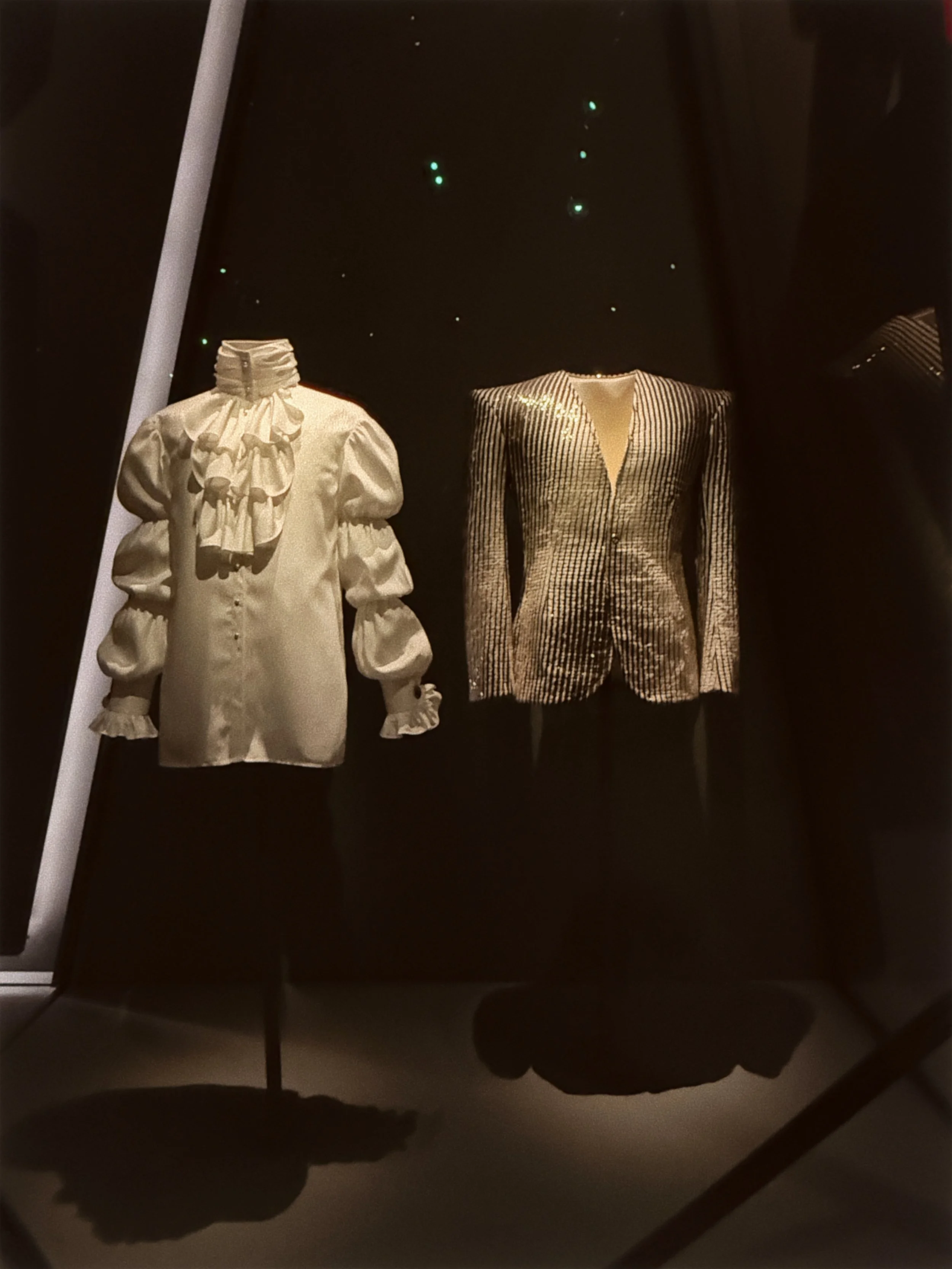


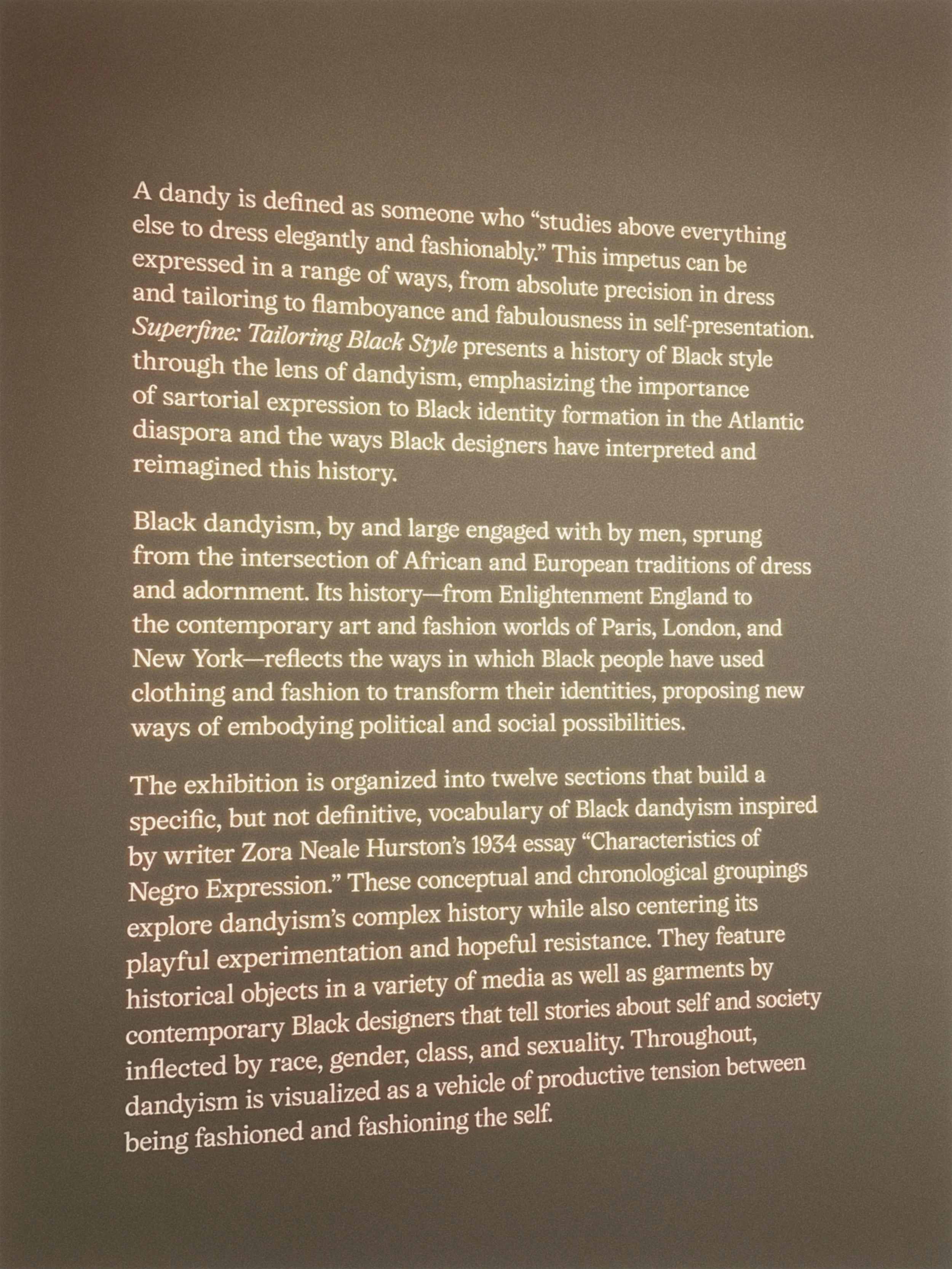
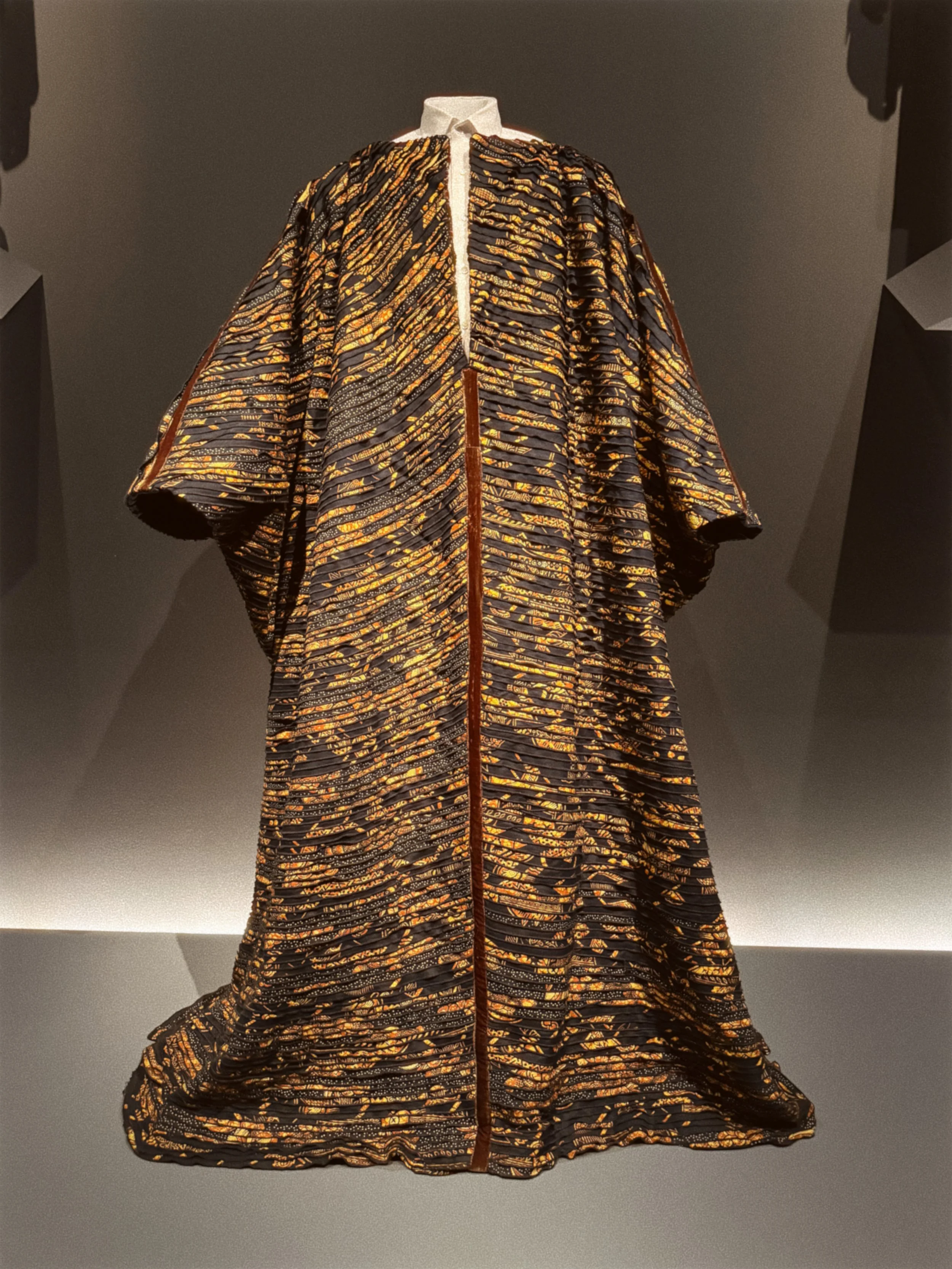
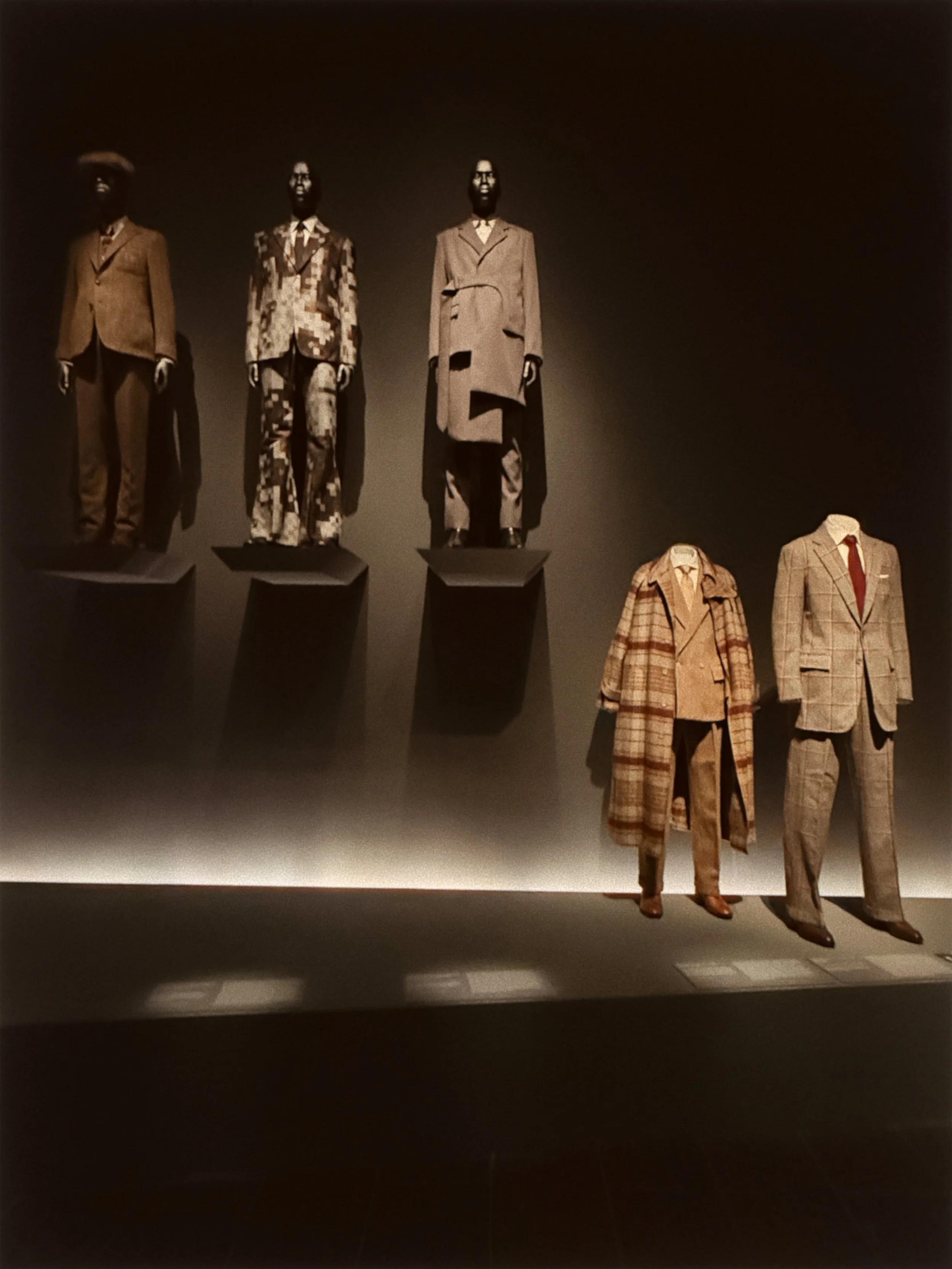
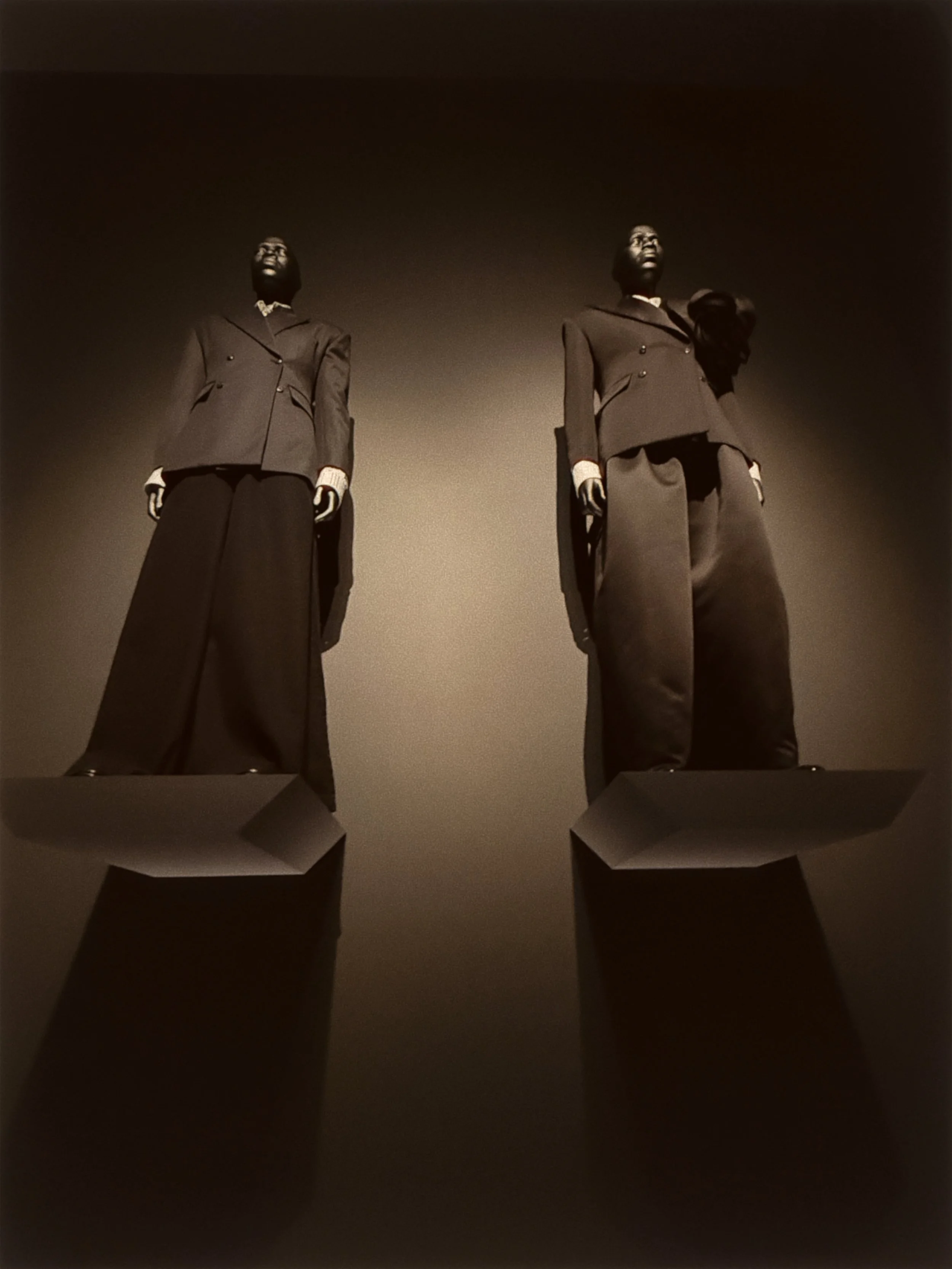
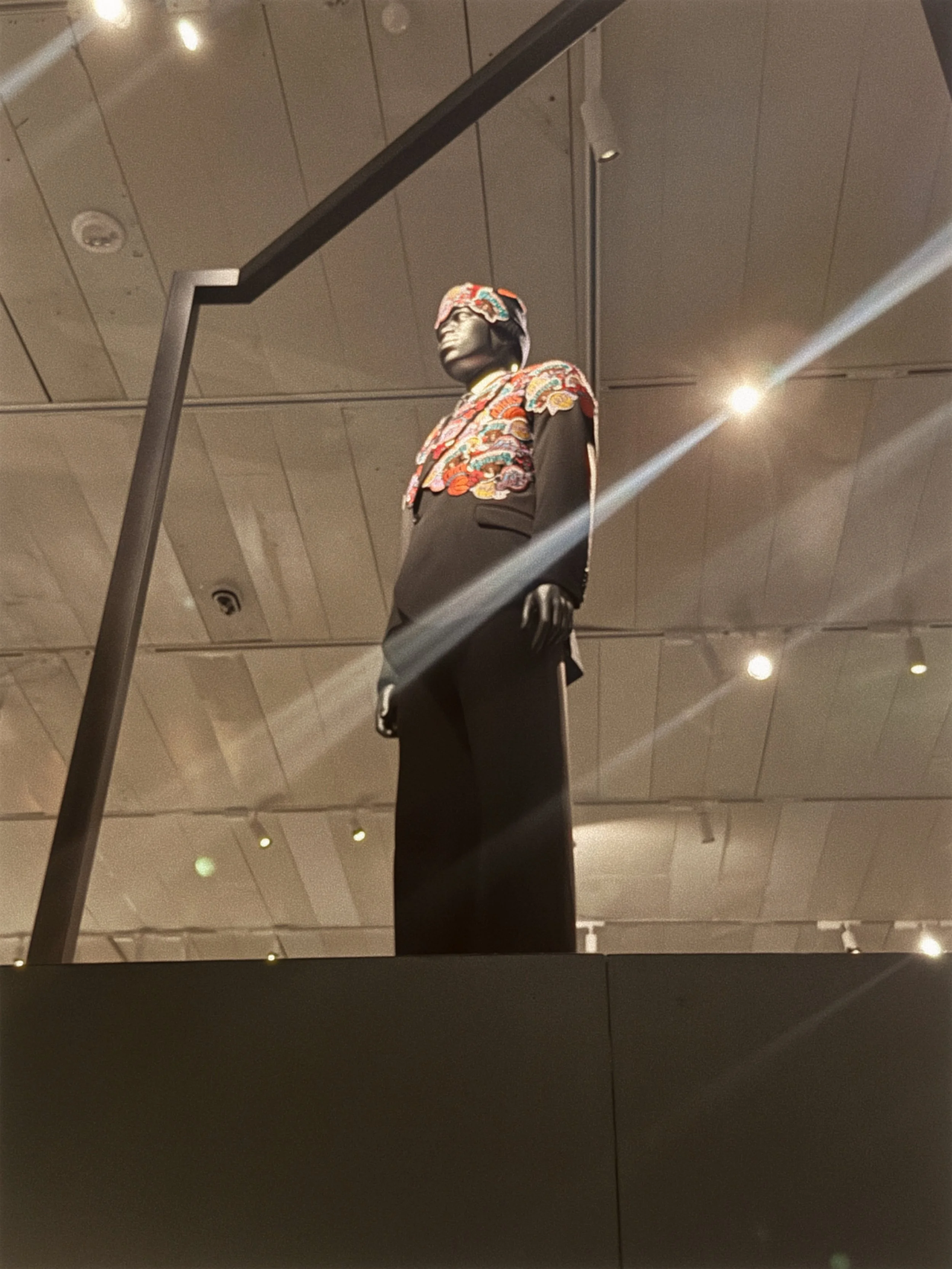




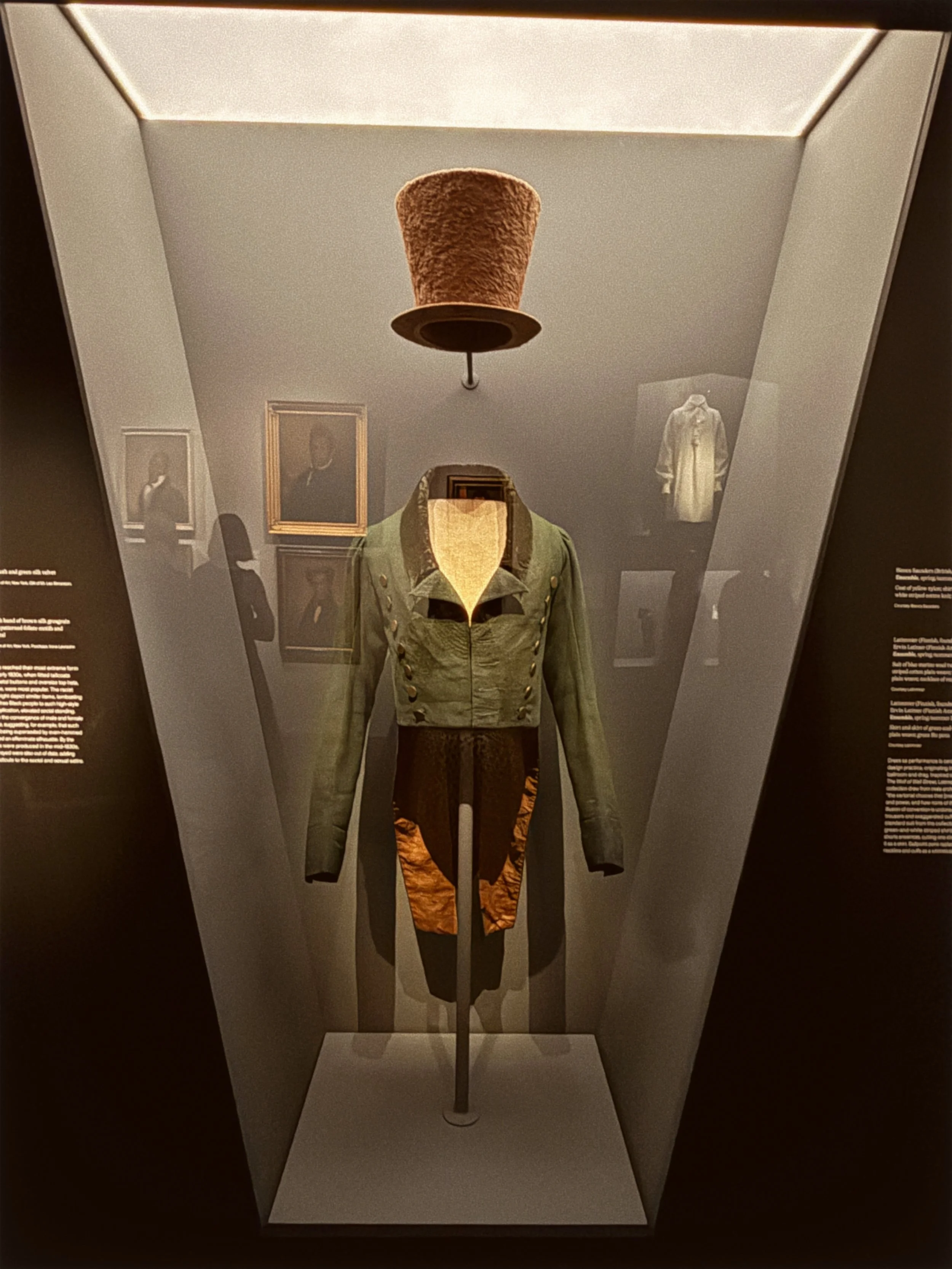
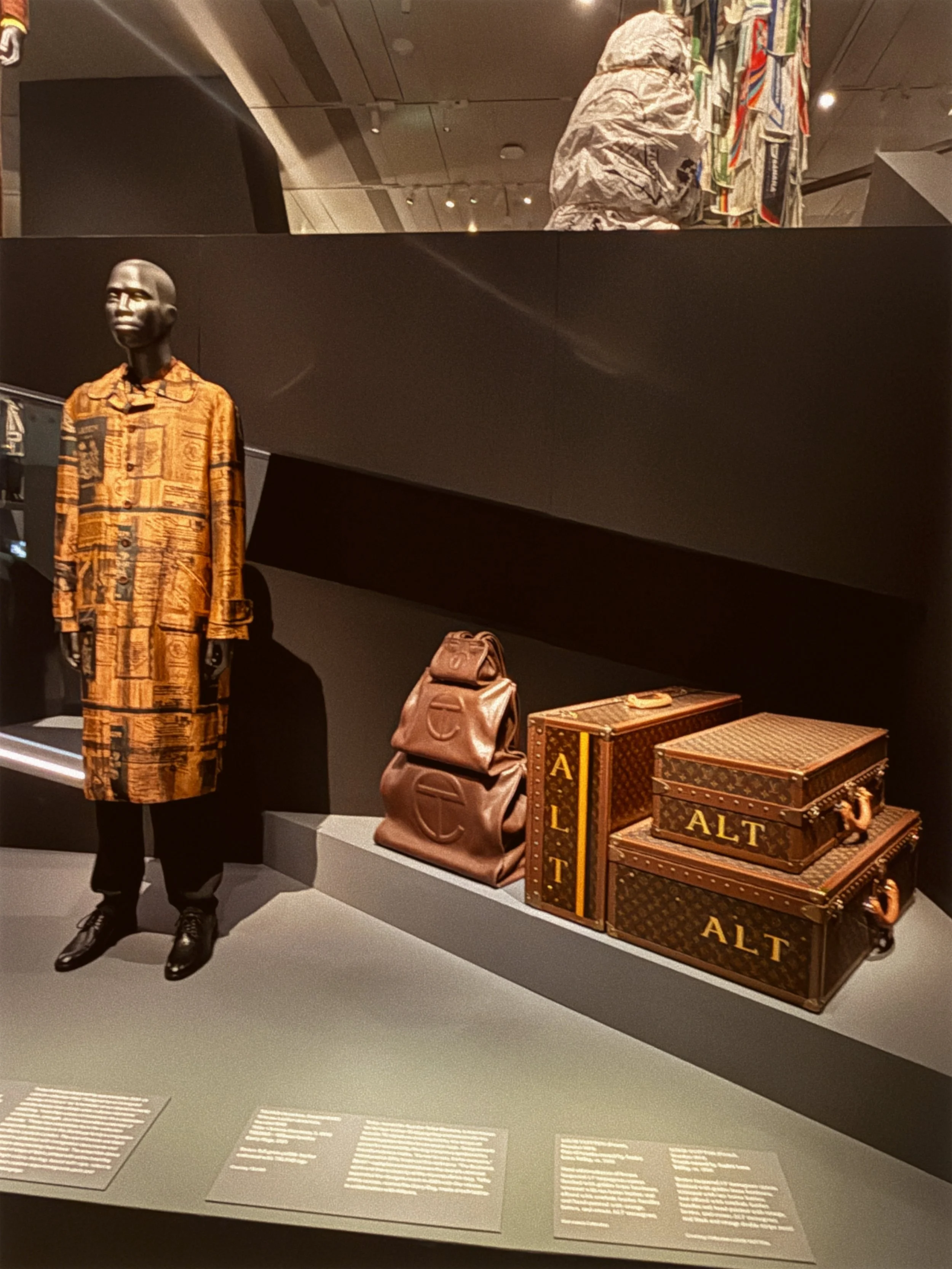

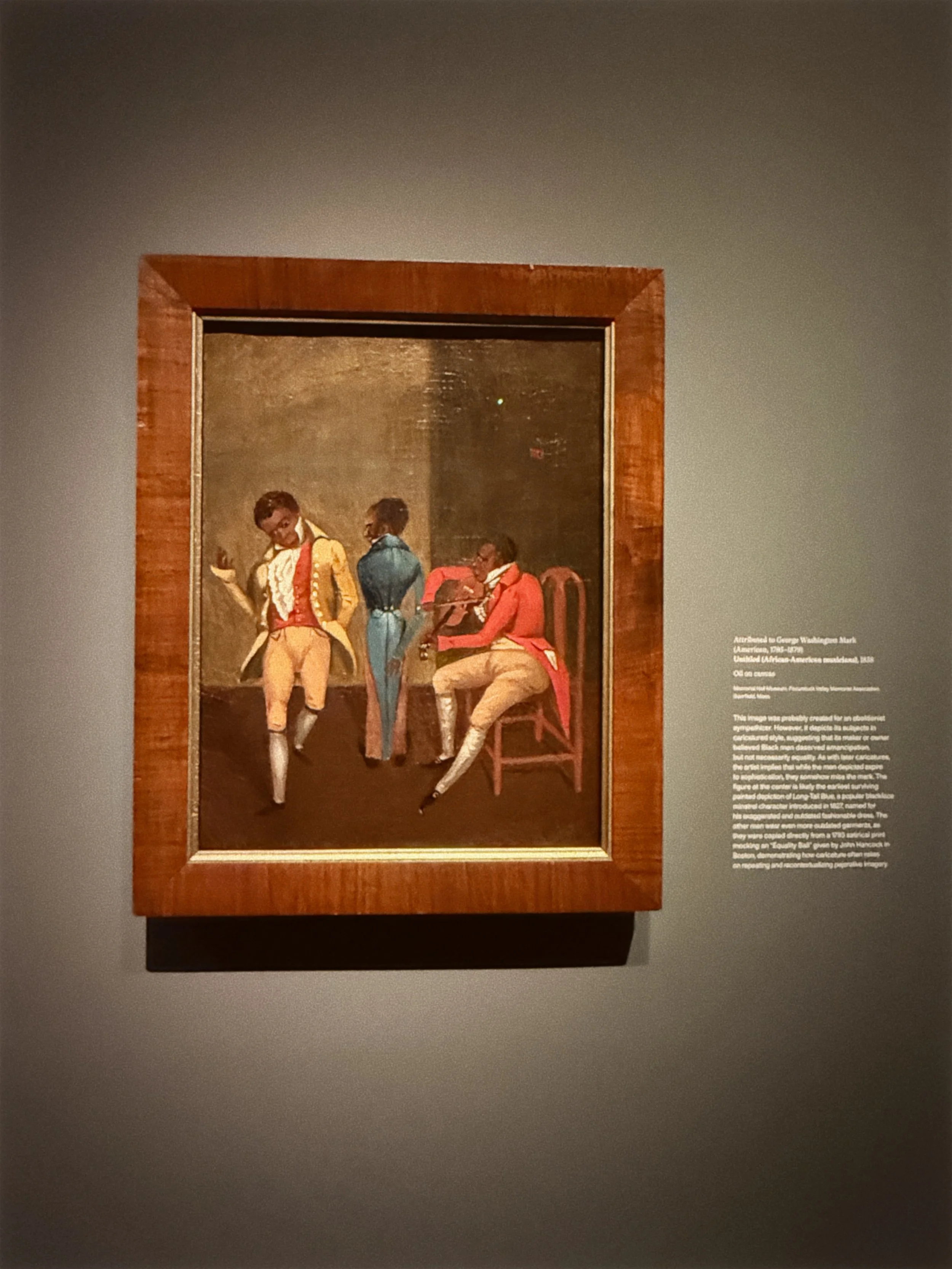
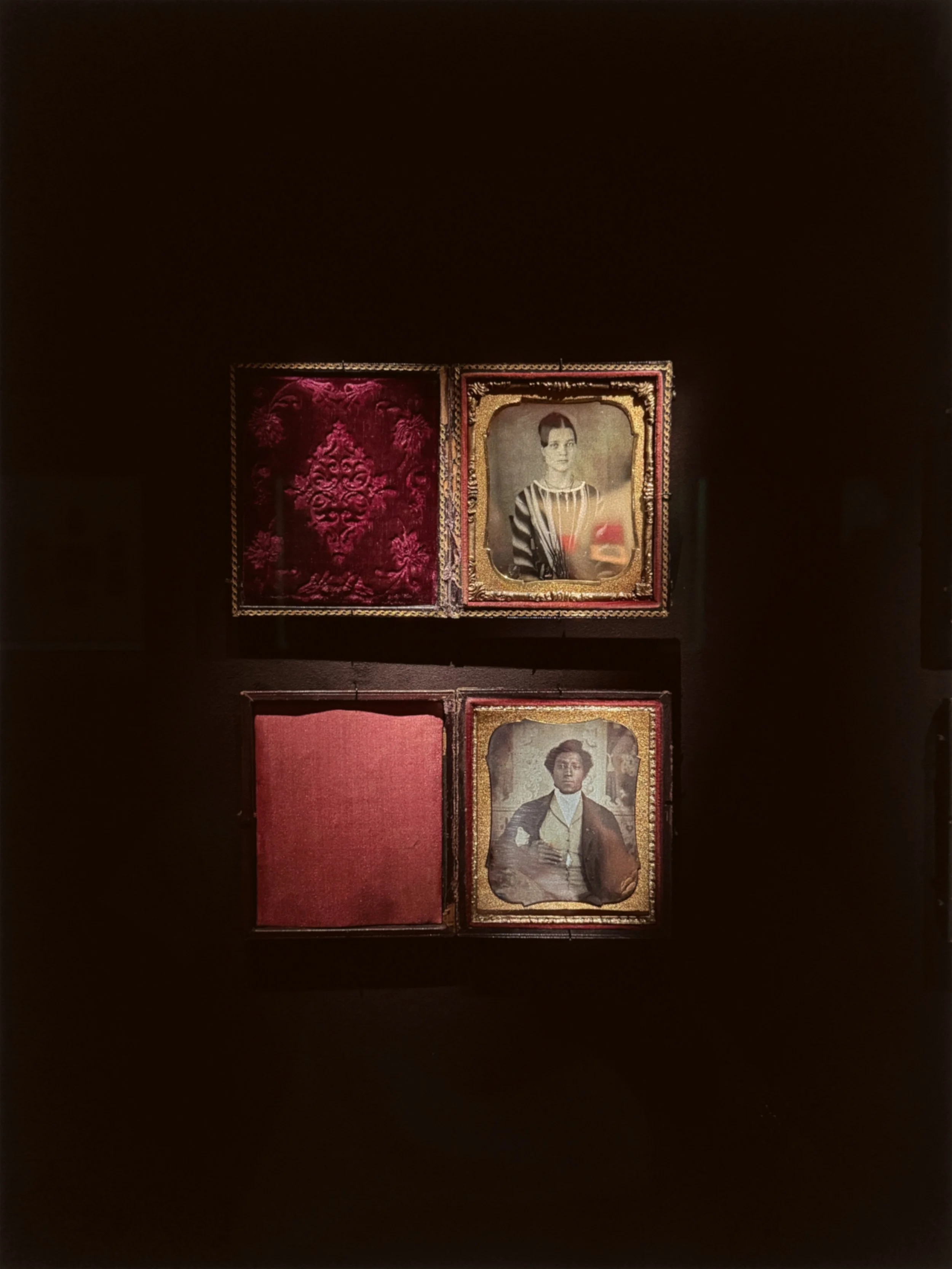
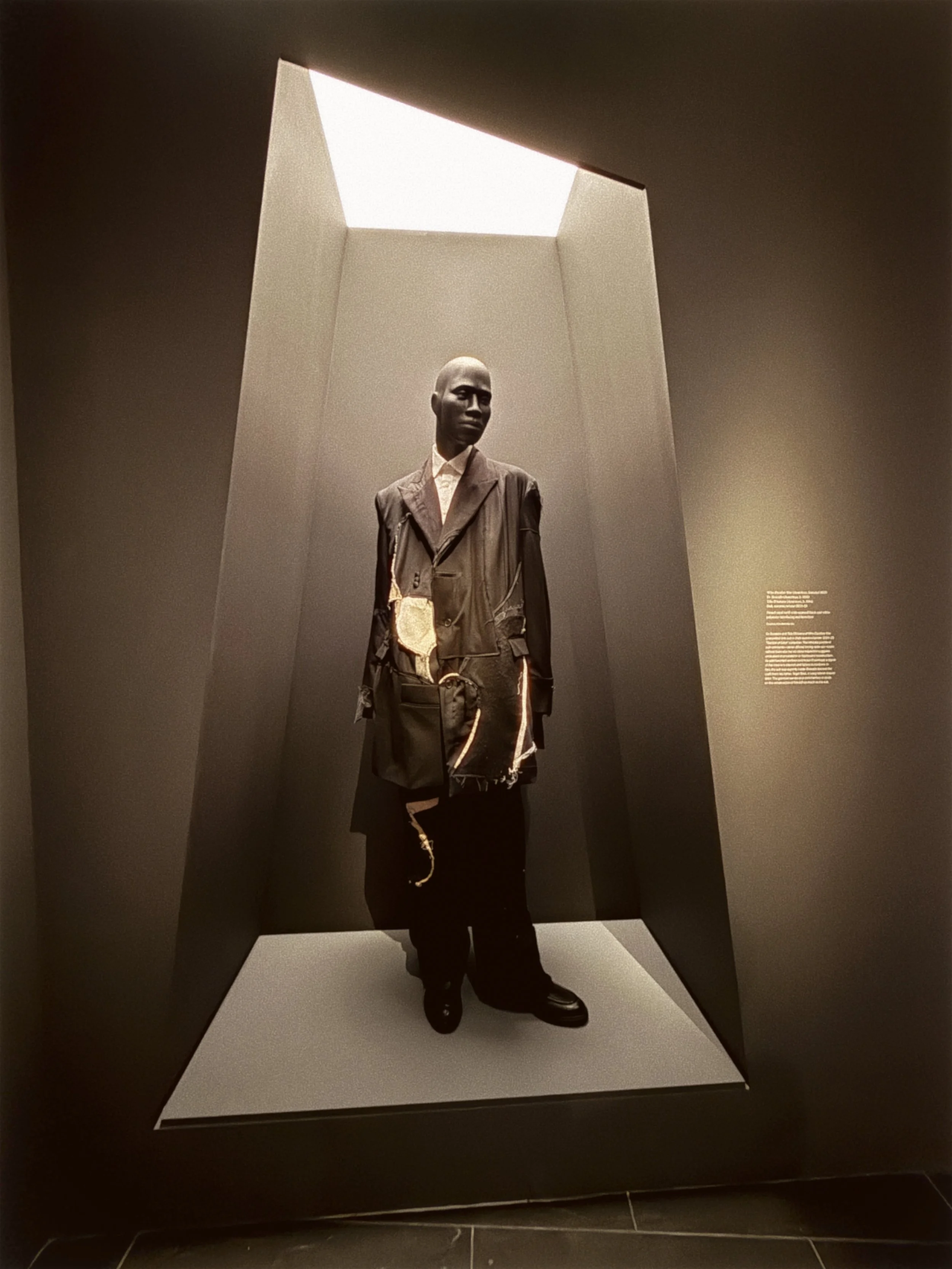


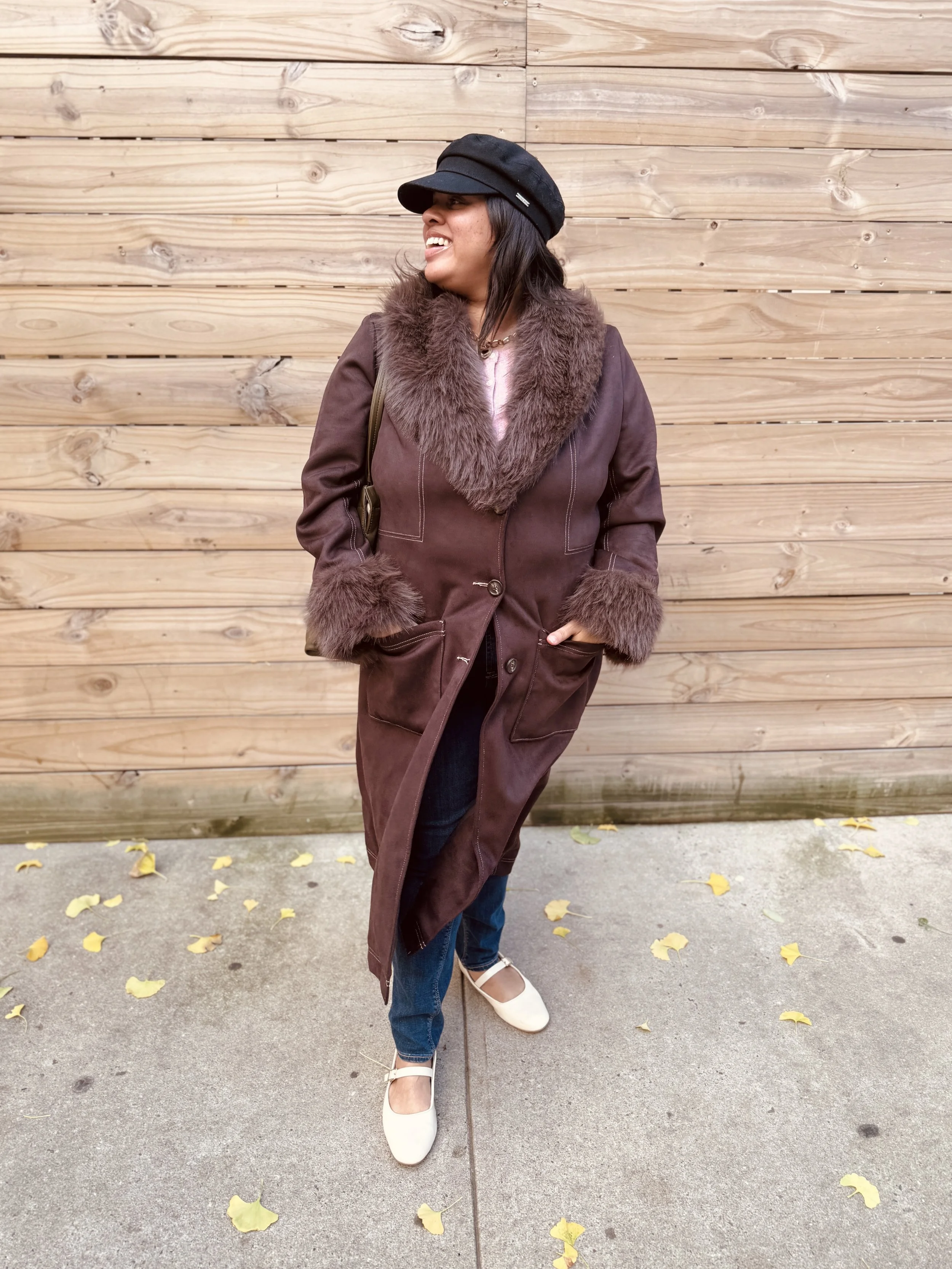
There’s something about New York City in December that just hits different. The streets feel softer, the nights glow a little brighter, and even the cold air carries a kind of sparkle. If you’re looking to step right into your own holiday movie moment, these are the places that never fail to give me that warm, twinkly feeling every single year.